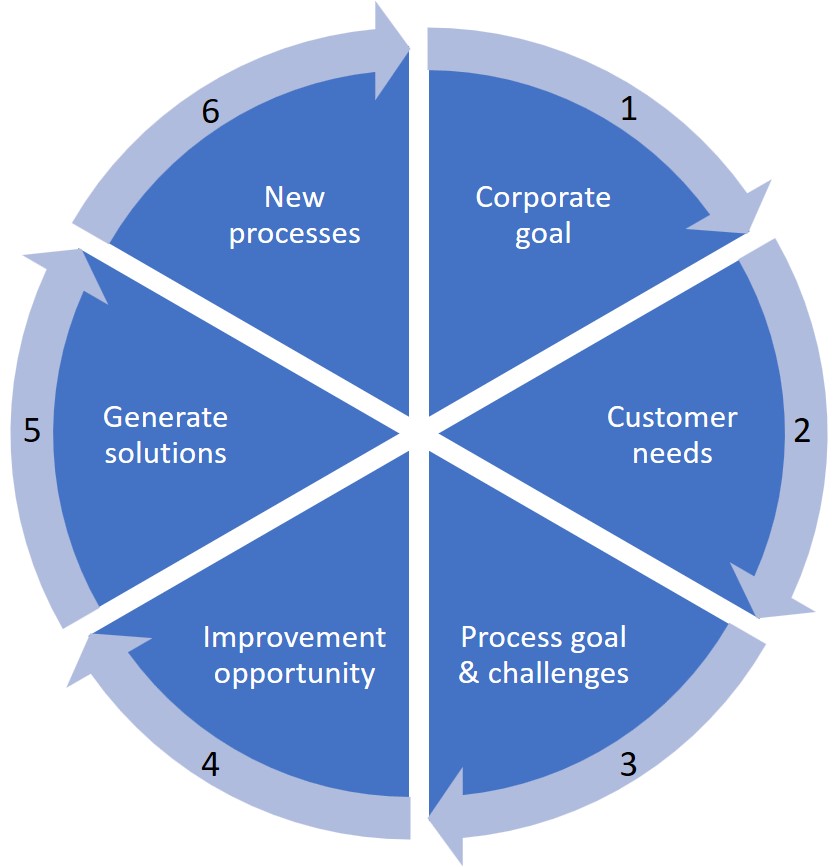BUSINESS MANAGEMENT
In modern business world, managers use technology and mathematical techniques to analyze their workforce and make decisions. They believe employees work for numerous reasons, including to achieve satisfaction, happiness and desired lifestyles. They understand employees' behaviors and needs and hence they implement strategies to meet those needs and support their skill development over time.
Business Process Reengineering (BPR)
What is BPR?
Business process re-engineering (BPR) is a business management strategy, focusing on the analysis and design of workflows and business processes within an organization.
BPR emphasized a holistic focus on business objectives and how processes related to them, encouraging full-scale recreation of processes rather than iterative optimization of sub-processes.

Benefits of BPR?
- Improve customer service
- Reduce cost
- Increase revenue
- Higher employee retention
- Efficient work flow
When should you do it?
- When technology has significantly disrupted your industry
- When a competitor does drastically more with less
- When you need to be the disruption in your industry
- When a minor improvement won't make much difference
The role of information technology in BPR
Information technology (IT) is a major enabler for business process reengineering.
- Shared databases, making information available at many places.
- Enterprise Resource Planning solutions, serve as vehicles for business process redesign and improvement.
- Management dashboard, a tool used to present all important management KPIs in a single place.
- Web conferencing, to get in immediate contact with potential customers.
- Telecommunication networks, enabling organizations to be centralized and decentralized at the same time.
- Wireless data communication and mobile devices, allowing field personnel to work efficiently.
- Automatic identification and tracking, allowing things to tell where they are.
- Expert systems, allowing any employee to perform specialist tasks.